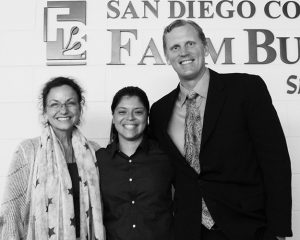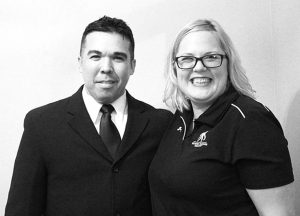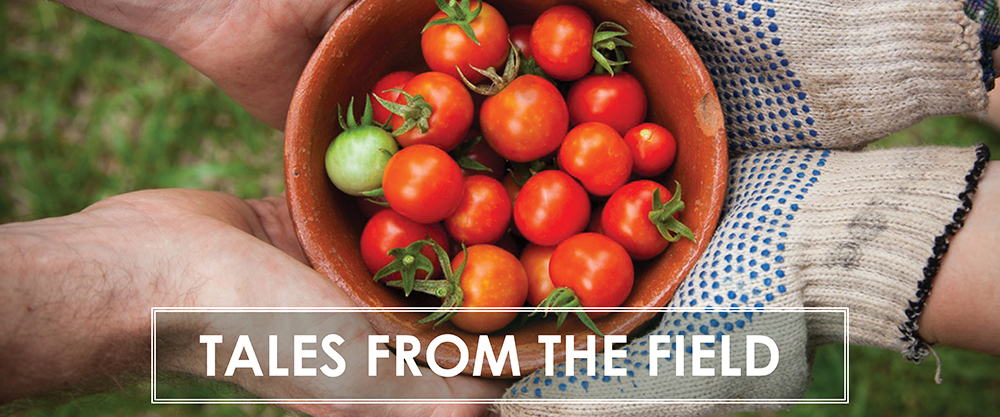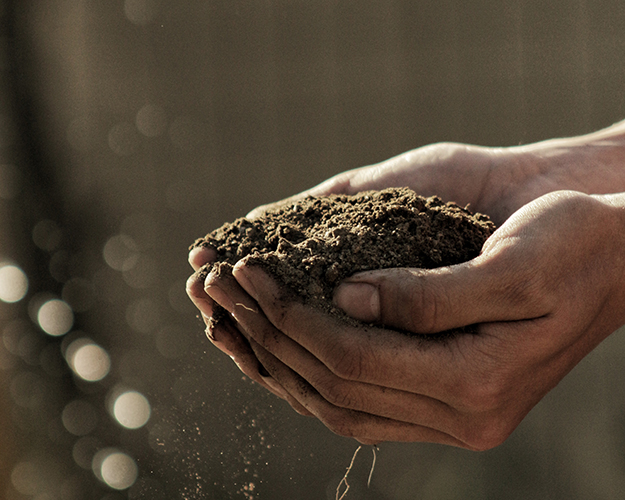As Archi’s Institute for Sustainable Agriculture students finish up the intense 6 week course, many prepare for the next steps after the program – presenting their business plan to potential investors, thinking out the final details of their business, and reviewing the vast amounts of information they have absorbed over the program. For their final blog post Farm to Fork Ambassador’s share their thoughts as they make this big step and prepare to start off their farming career.
Alyssa Ponce

In our last week at Archi’s Institute for Sustainable Agriculture (AiSA) we focused on developing a detailed business plan to prepare for our presentations for the Farm Bureau. We also completed and became certified in ServSafe Food Safety Program for Managers.
At the Farm Bureau Outreach event 30 people attended, watched and critiqued my business model and included any additional notes that can benefit me in the future. Every survey I received back provided great feedback and believed my business model is surely to succeed. It was a great experience and definitely provided insight of what I must do to get my farm out there and an idea of what I need to do if my farm needs financial assistance. I also realized when you have a certain amount of time to present to people you want to get the best information and make it as short as possible to get the point across. I’m thankful for everyone that showed up and provided assistance to help my farm become successful.
Servsafe was an intense course but provided useful information on how to properly handle food and how to ensure you’re doing it correctly. This is especially useful in the farming industry when handling food. By ensuring servsafe compliance you can ensure your business won’t fall into an outbreak and make you an easy target for lawsuits. We covered everything from the importance of food safety, good personal hygiene, time and temperature controls, preventing cross contamination, receiving and storing food, Hazard Analysis Critical Control Point and other food safety regulations. This class has tons of information I plan to continue learning as I complete my course to ensure proper handling of food. This will come in handy when I create daily task guides for employees and audits.
For our final field exam, it included the different types of hydroponic medias, how to check the greenhouse by shutting down and checking PH and PPM, how to properly clean the filter, restart the system, check for leaks and/ or clogs and how to troubleshoot if problems continue. It also included how to work with a fertigation loop in a greenhouse. We discussed how to assemble fertigation in working order, identify each role of the sprinkler valve, bypass, venturi valve and how to operate it. And lastly, we had to identify the main ingredients in compost tea, identify all working part of a tea brewer and learned how to calculate ingredients for different gallon brews.
For all final tests, I received an A and I feel confident I know how to set up and manage a green house facility ranging from a small 100 plant site greenhouse to a 5,000-plant site greenhouse. After the course on my own time I plan to further my research into how to make a great business plan, servsafe requirements and guidelines, hydroponic medias and different types of compost methods.
Joe Laguna
Getting to work in a greenhouse environment showed me the many aspects and considerations to choose from. The different crops and benefits of growing organic put a new prospective on it for me. I have always grown naturally and now I know the things we can add to the soil to grow organically. I really enjoy growing in many different methods, mediums and being able to grow organically makes food taste so much better and the nutritional benefits that go along with that.
Dara Morgen

As we reach the end of this course and are then off to begin our own individual farming businesses, I plan to get in contact with Jessica Molina in order to identify potential alternative lending opportunities. Additionally, I will use the material from this week’s reading assignment to evaluate and determine which type of business will be the best fit for my needs. Moreover, and as stated in previous assignments, I will continue to try and identify key areas unique to my starting business so that I can set myself apart from other farming businesses. From this week’s reading material, I can begin thinking about whether it makes sense to obtain the USDA’s organic certification.
I plan to use the information learned this week to begin working on my business plan. I will continue researching a few of the operational costs associated with owning and operating a small sustainable farming operation. I will then use this information along with the “Liveplan” software to help construct a working business plan that I can use to present to the panel during this week’s schedule.
Michael Lupacchino
I chose the bitter melon for my business plan because I see the potential for economic benefit for the farmer. By targeting niche neighborhood and businesses that use the bitter melon, one can make this plant a profitable crop. Because I’m Filipino, I know how hard it is to find a constant supply of fresh bitter melon in commercial supermarkets in the United States. Bitter Melon is a niche crop that requires a niche consumer, but there is a growing Asian demographic in this country. Okinawans and Filipinos love this plant. The best way and most common way to prepare bitter melon is by frying the leaves and bitter melon with eggs.

This post is part of a series featuring Farm to Fork Ambassadors from Archi’s Institute for Sustainable Agriculture. Students chosen by the Office of Farm to Fork share their stories and the journey many like them are taking to create a new career path in farming after leaving the military in three blog posts here on Tales from the Field. Many of the students are exploring niche markets in California by developing business plans to grow less traditional fruits and vegetables or to support often overlooked populations.

